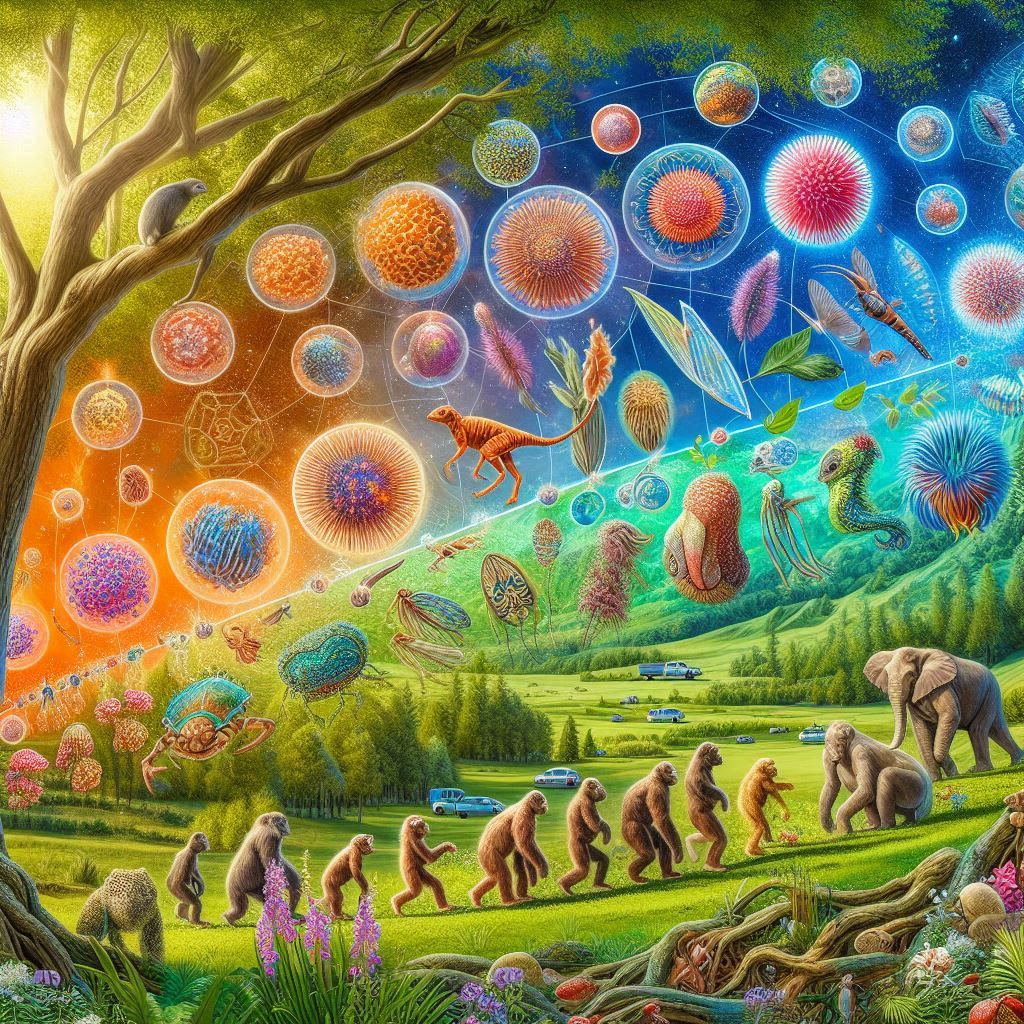Have you had a hard time keeping up with how automation technology keeps changing the way we work? Then this article will help you understand the journey from basic robotic process automation to today’s game-changing generative AI solutions.
The RPA Revolution: Where It All Started
Remember when automating a simple task like data entry felt like magic? That’s exactly what Robotic Process Automation (RPA) brought to the table just a few years ago. RPA was like having a digital assistant that could mimic human actions on a computer screen – clicking buttons, filling out forms, and moving data between systems without breaking a sweat.
Companies jumped on the RPA bandwagon because it solved real problems. Finance teams could automate invoice processing, HR departments could streamline employee onboarding, and customer service could handle routine inquiries faster than ever. The best part? You didn’t need to be a coding wizard to set it up. Tools like UiPath, Automation Anywhere, and Blue Prism made it possible for business users to create their own automation workflows.
But here’s the thing about RPA – it’s pretty rigid. These bots are fantastic at following rules and handling structured data, but ask them to deal with something unexpected or make a judgment call, and they’re stuck. They’re like that super reliable coworker who’s amazing at following procedures but can’t think outside the box.
AI Gets Smarter: Machine Learning Enters the Picture
As RPA was solving the straightforward stuff, artificial intelligence was quietly getting better at handling the complex tasks that traditional automation couldn’t touch. Machine learning algorithms started recognizing patterns in data, natural language processing began understanding human speech and text, and computer vision could actually “see” and interpret documents and images.
This is where things got interesting. Instead of just following pre-programmed rules, AI-powered automation could learn and adapt. Suddenly, we had systems that could process unstructured emails, extract information from messy documents, and even make predictions about future trends. The automation landscape was expanding beyond simple, repetitive tasks into territory that actually required some level of intelligence.
Companies started combining RPA with AI capabilities, creating what some call “intelligent automation.” Now you had bots that could not only move data around but also understand what that data meant and make decisions based on it. A customer service bot could read an angry email, understand the sentiment, and route it to the right department with the appropriate priority level.
The Generative AI Game Changer
Then 2022 happened, and ChatGPT burst onto the scene like a meteor. Suddenly, everyone was talking about generative AI, and for good reason. This wasn’t just another incremental improvement – it was a fundamental shift in what machines could do.
Generative AI can create content, hold conversations, write code, analyze complex scenarios, and solve problems in ways that feel almost human. Unlike the rule-based systems of traditional RPA or even the pattern-recognition capabilities of machine learning, generative AI can understand context, generate creative solutions, and handle ambiguous situations with remarkable sophistication.
For business process automation, this is huge. Imagine having an AI assistant that can draft personalized emails to customers, create detailed reports from raw data, generate marketing copy that matches your brand voice, or even write code to automate new processes on the fly. That’s not science fiction – that’s what businesses are implementing right now.
What This Means for Your Business Today
So where does this leave us? The evolution from RPA to generative AI isn’t about replacing one technology with another – it’s about having the right tool for the right job. RPA is still fantastic for those structured, rule-based processes. Machine learning continues to excel at pattern recognition and predictive analytics. And generative AI is opening up possibilities we’re only beginning to explore.
The smart move for businesses today is to think strategically about where each type of automation fits. Use RPA for your bread-and-butter repetitive tasks, leverage machine learning for data-driven insights and predictions, and experiment with generative AI for creative and complex problem-solving tasks.
The automation journey that started with simple screen scraping and button clicking has evolved into sophisticated AI systems that can think, create, and adapt. And honestly? We’re probably just getting started. The next few years are going to be wild as these technologies continue to mature and find new ways to transform how we work.
***
Imagine your data environment conforming to you, instead of the other way around! Contact JLytics today.



